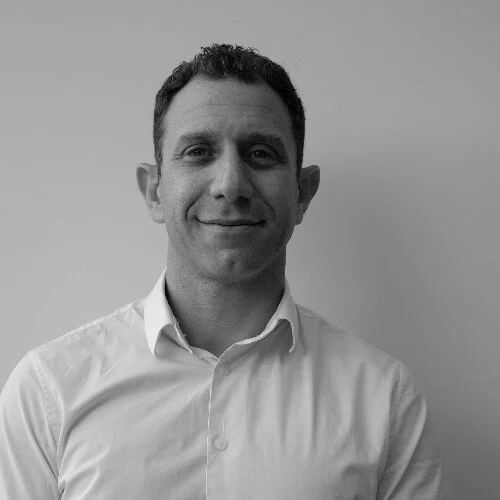As economies have become more globalised and boundaries among markets have become more flexible, business process outsourcing (BPO) began to rise where call centres, customer service and other jobs are performed offshore. And with the recent health crisis, countries were forced to close borders, many activities were moved online, and businesses have come to rely on BPOs to keep their operations going.
But how is it to work with a team from a different location other than yours?
Guy Olian, Founder and CEO at Energy Ease and Smart Ease, share his experience working with BPOs during the pandemic and how such an arrangement can be taken into consideration by businesses in the post-COVID era.
“We have been working with a couple of different BPOs in the Philippines for approximately 4 years. BPOs have been an incredibly cost-effective and flexible way for us to scale, but they have also thrown us a range of particular challenges. And then came the pandemic…” Guy began.
He enumerated some of the realities they had to face in working with a team offshore, especially during a time of COVID-19. “By way of background, it is worth noting that internet access and electricity in the Philippines is highly intermittent. This is why most BPOs have backup generators and dedicated fibre lines. So, suffice to say that our team were completely unprepared to move to a work-from-home model within 48 hours due to COVID. None of the team had laptops and many didn’t have a home office or desk from where to work in their homes.”
However, they were able to turn things around and transcend the difficulty that the situation has brought upon them. “Luckily, within hours of the Philippines Government announcing strict lockdowns, our BPO permitted team members to take their work computers home. For those that didn’t have strong or reliable home internet, we managed to procure Wi-Fi dongles or get extra data on their mobile phone plans. Our entire software platform is built in the cloud, so this meant we were up and running with a work-from-home model in less than 1 day.”
“Within a week of this new paradigm, we started to notice some changes,” Guy continued. “Most significant, but not unexpected, was the DELIGHT of the team to work from their bedrooms, lounge rooms and kitchen tables. When the internet or power goes down (frustrating but ongoing), they politely text us a notification and then reliably work back to make up the downtime.”
One has to understand the situation in areas where the BPOs are located and see how this can affect the team. “What is most consistent is the unanimous appreciation for avoiding commutes to/from the BPO. For many in the Philippines, travel times are often 3 hours per day. The absence of travel has meant extra time with their families and friends. In essence, they are happier than ever and have almost unanimously expressed that they don’t wish to return to work in offices.”
The BPO and work-from-home arrangement and the current condition of businesses worldwide have provided additional to Guy, which he hopes to share with his fellow entrepreneurs. “For me, the most surprising realisation has been how the Australian team also appreciate, and desire, to continue with flexible working arrangements in the future. I would expect many in the EO Melbourne Chapter are also exploring what a post-COVID world will look like in terms of office-based environments vs remote working arrangements,” he remarked.
-------
Do you have any experience working with a BPO during the pandemic or are you contemplating tapping a BPO for your business? Share our thoughts through the comments section below.

